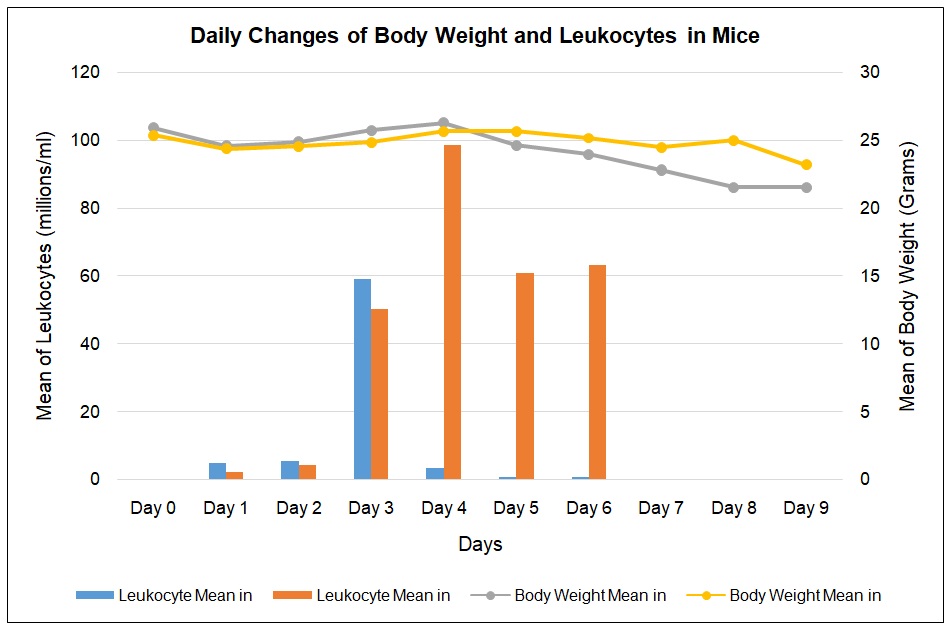Introduction
Background
Pseudomonas aeruginosa, a gram-negative bacteria, is a significant cause of nosocomial infections among immuno-compromised patients. Wounds, abdomen, urinary tract, and respiratory tracts are primary sites of P. aeruginosa, leading to bacteraemia, which is a systemic infection of the bloodstream. However, since P. aeruginosa is infectious, it can cause bacteraemia among immuno-competent individuals. Pseudomonal infection is life-threatening because the bacteria is resistant to most antibiotics, causes sepsis, and triggers the occurrence of septic shock in individuals. Consequently, P. aeruginosa has a poor prognosis and exhibit mortality rates of between 26-39%, which is higher than that of related gram-negative pathogens. In this view, medical researchers have focused on understanding the mechanism of pathogenesis to prevent and manage the occurrence of bacteraemia due to P. aeruginosa.
Justification
The study of the progression of infection caused P. aeruginosa to bacteraemia is essential because it provides additional information that is critical in elucidating the mechanism of pathogenesis. As one of the nosocomial infections in healthcare settings, P. aeruginosa threatens the lives of patients and contribute significantly to their comorbidities. Healthcare providers experience the challenges of treating nosocomial infections associated with P. aeruginosa due to their ability to colonise infection sites, penetrate tissues, and resist most antibiotics. Patients with severe burns are susceptible to bacteraemia because they have low immunity and burn sites that allow pathogens to colonise and penetrate their blood easily. As reliable animal models, mice allow effective monitoring of P. aeruginosa and its progression to bacteraemia in immuno-suppressed mice.
Statement of Research Question and Hypotheses
The study seeks to establish how health status and immune response varies following infection of healthy and immune-compromised mice by P. aeruginosa. The hypothesis of the study is that P. aeruginosa infection decreases health status as indicated by the loss of body weight and diminishes immune response among immuno-suppressed mice.
Methods
Data Collection
The experiment was set up to examine the influence of bacteraemia on body weight and leukocyte production on normal and immuno-compromised mice. Ten healthy mice (N = 10) were selected and randomly assigned to control group (n = 5) and test group (n = 5). At the commencement of the experiment, mice in the test group were treated with cyclophosphamide (CY) at the dosage of 200mg/kg to subdue their immunity. In contrast, mice in the control group were not given any treatment for their immune system to function normally. On day 0, mice in both the control and test groups were infected with P. aeruginosa through subcutaneous injection. For nine consecutive days of the experiment, the body weight was measured in grams as an indicator of the health status of mice. The blood sample of each mouse was obtained daily during the first six days, and the level of the immune response was assessed using the number of white blood cells produced in millions per millilitre.
Data Analysis
Descriptive statistics were used to explore data and establish patterns of central tendency and dispersion of body weight and leukocytes level in blood. Preliminary analysis requires the use of descriptive statistics because they provide a meaningful statistical summary that enhances understanding of raw data. Specifically, means and standard deviations provided critical information for interpreting variations in body weight and leukocytes level in successive days of the study. Subsequently, means of both body weight and the level of leukocytes were depicted in a clustered graph using lines and bars. The clustered graph with secondary scale was used because body weight and the level of leukocytes have different measures. T-test was also used to determine if the apparent differences in body weight and the level of leukocytes were statistically significant.
Results
Graph
The body weight of mice in both the test and control groups remained almost the same for the first four days. However, the means of body weight of CY mice declined gradually during the fourth day to the ninth day from about 26 grams to 20 grams, but that of control mice were relatively constant. Regarding the immune response, mice in both control and test groups exhibited the same level of leukocytes during the first three days. Comparatively, while the level of leukocytes rapidly diminished in CY mice, it increased to about 100 during the fourth day but stagnated at about 60 million white cells per millilitre of blood. Figure 1 below summarises trends of variation in body weight and leucocyte level in CY and control mice.

References
Migiyama Y, Yanagihara K, Kaku N, Harada Y, Yamada K, Nagaoka K et al. Pseudomonas aeruginosa bacteraemia among immuno-competent and immuno-compromised patients: relation to initial antibiotic therapy and survival. Jpn J Infect Dis. 2016;69(2):91-6. Web.
Rhee C, Jones TM, Hamad Y, Pande A, Varon J, O’Brien C, Anderson DJ, et al. Prevalence, underlying causes, and preventability of sepsis-associated mortality in US acute care hospitals. JAMA Netw Open. 2019;2(2):1-14. Web.
Kim HS, Park BK, Kim SK, Han SB, Lee JW, Lee DG, et al. Clinical characteristics and outcomes of Pseudomonas aeruginosa bacteraemia in febrile neutropenic children and adolescents with the impact of antibiotic resistance: a retrospective study. BMC Infect Dis. 2017;17(500): 1-10. Web.
Greenhalgh DG. Sepsis in the burn patient: a different problem than sepsis in the general population. Burns Trauma. 2017;5(23):1-10. Web.
Holcomb, ZC. Fundamentals of descriptive statistics. Los Angeles: Taylor & Francis; 2016.